 ———-
———-
Hellraisers Journal – Wednesday March 3, 1909
Mexico City -John Murray Meets with Mexican Revolutionaries
John Murray recently returned from Mexico and has written an article about that experience for this month’s edition of the International Socialist Review. Below we offer the conclusion of that article in which Mr. Murray meets with a group of Mexican Revolutionaries.
Mexico’s Peon-Slaves Preparing for Revolution
BY JOHN MURRAY
[Part IIII]
—–
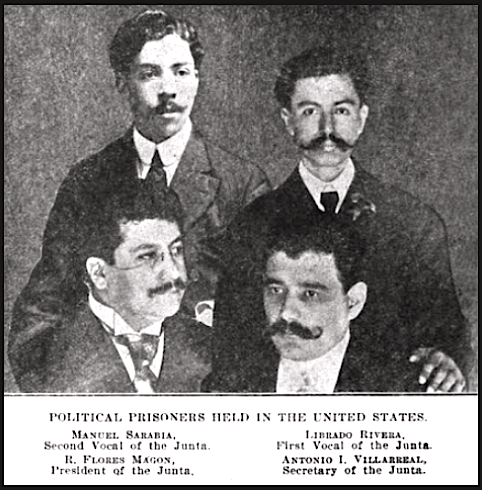
We turned into the mouth of a narrow street, cobbled from wall to wall. Herbierto knocked at a door. A window swung open above our heads and a voice called out, “Is that the doctor?”
“It is,” answered Senora Moreno. “Is the child still sick?”
“Yes, come in quickly,” replied the watcher, closing the window.
“A sick child?” I questioned, as the door opened and we stumbled through the dark passageway.
“No,” meaningly answered Herbierto. “A sick country, with the revolution as the only medicine.”
And the woman added: “That was the pass word.”
Around an oblong table in the room we entered sat two dozen men, as dissimilar in their appearance as their native land is varied, Mexico is half desert and half tropics and breeds its people small, light-skinned and still-tongued, or swarthy, heavy-boned and voluble, as unlike each other as sand and sage brush are to mountain torrents and black jungle-land.
“A friend from Los Angeles,” explained Herbierto to the group watching me in surprised silence, but as he read my credentials from Magon their faces changed and when the signature was reached, a slim, black-eyed boy warmly grasped my hand, asking the question which seems to echo through Mexico:
“How is Ricardo?”
I gave them greetings from their imprisoned leader. He was their hero, their master-mind, whose years of unflinching struggle against the crushing powers of the Dictator had kept hope in Mexico alive; and in return I heard the news of the revolutionary movement.
Continue reading “Hellraisers Journal: “Mexico’s Peon-Slaves Preparing for Revolution” by John Murray, Part III: the Mexican Revolutionaries” →
 ———–
———–
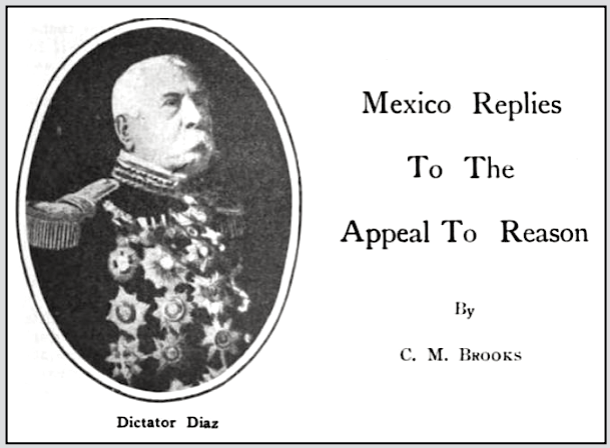
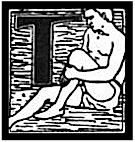
 ———-
———-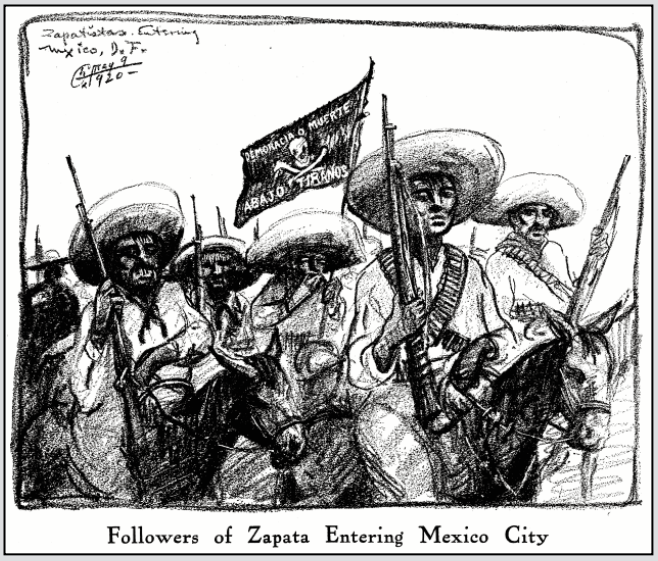
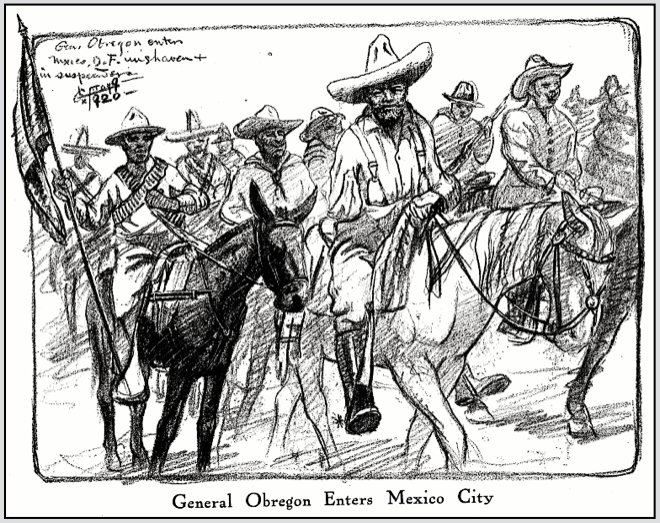
 ———-
———-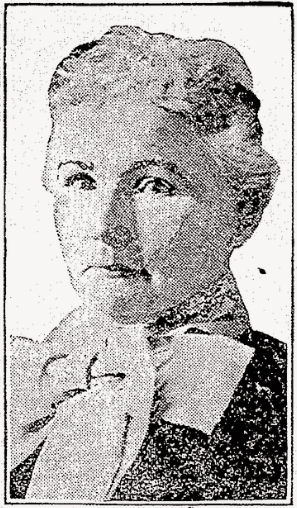
 ———-
———-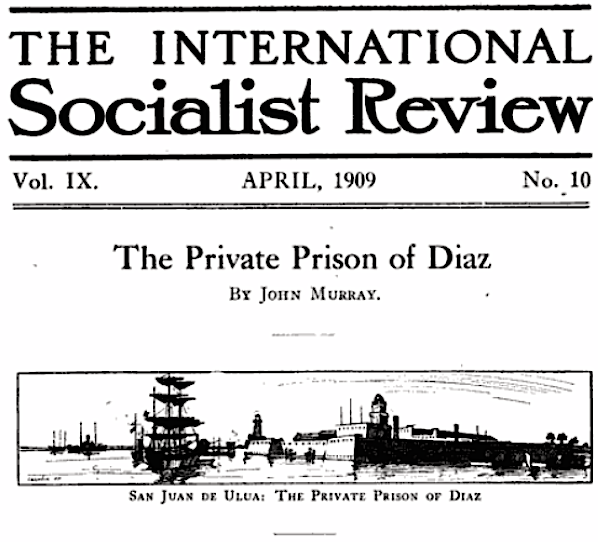
 ———-
———- ———-
———- S soon as we were alone at the end of the pier breasting the Vera Cruz harbor, the little, pock-marked secretary of the revolutionary group pulled from his pockets a piece of grey stone and held up before my eyes.
S soon as we were alone at the end of the pier breasting the Vera Cruz harbor, the little, pock-marked secretary of the revolutionary group pulled from his pockets a piece of grey stone and held up before my eyes.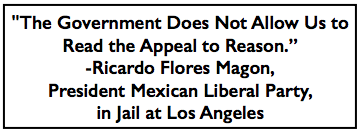 ———-
———-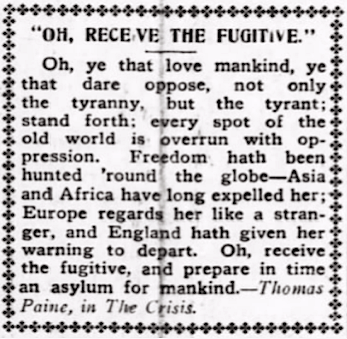
 ———-
———-